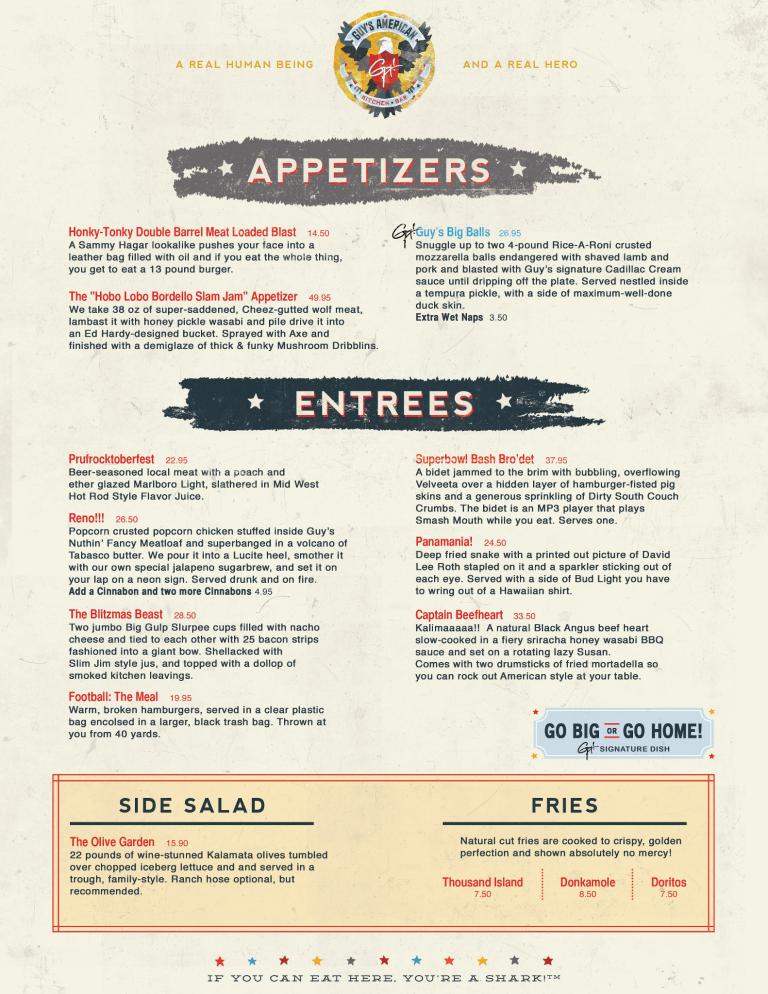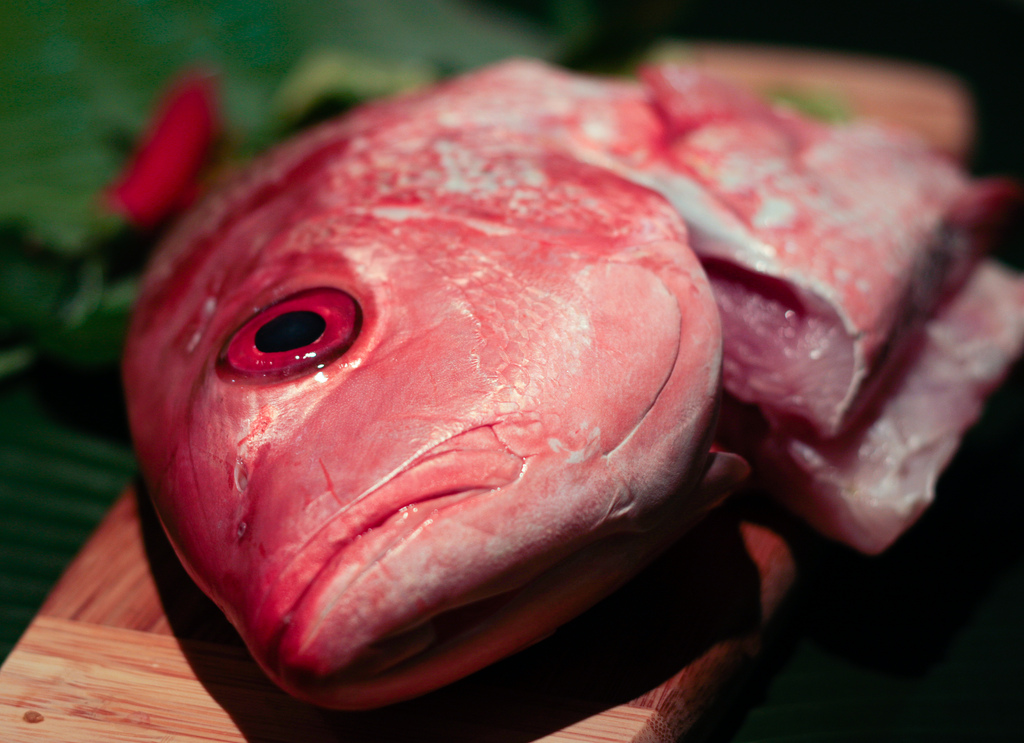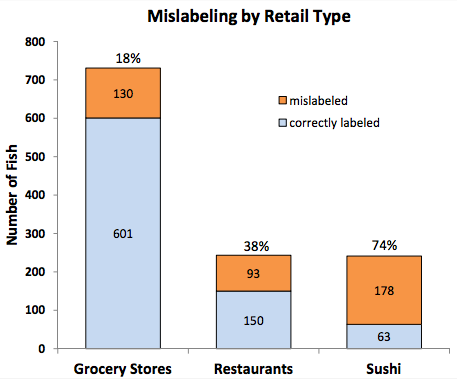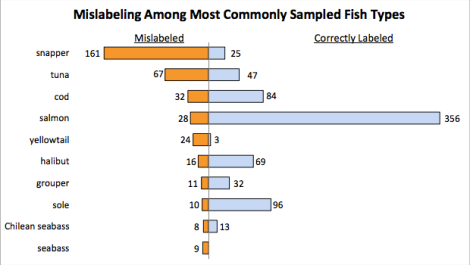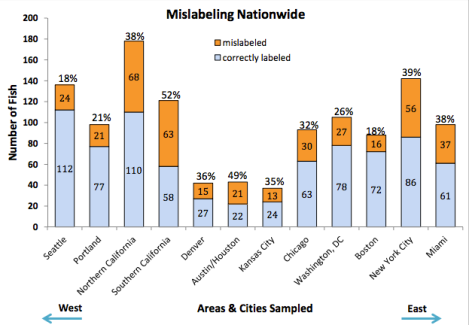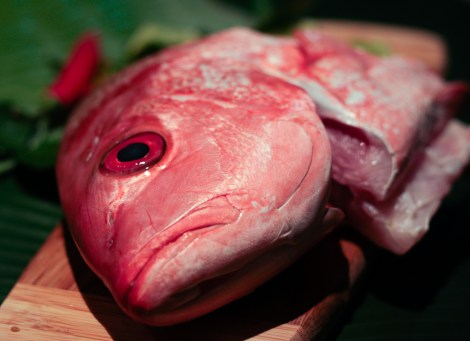
Matthew KenrickThis is, like, a swordfish or something.
“Man, Europe,” we think, shaking our heads with superiority. “Those weirdos are eating horse instead of beef. What a mixed-up, topsy-turvy continent.” Shrugging, we then pick up our fish sandwiches from McDonald’s or, if you’re fancy, throw a little snapper on the grill.
And that’s when the Fates play their little tricks. From The New York Times:
That tempting seafood delight glistening on the ice at the market, or sizzling at the restaurant table in its aromatic jacket of garlic and ginger? It may not be at all what you think, or indeed even close, according to a big new study of fish bought and genetically tested in 12 parts of the country — in restaurants, markets and sushi bars — by a nonprofit ocean protection group, Oceana.
In the 120 samples labeled red snapper and bought for testing nationwide, for example, 28 different species of fish were found, including 17 that were not even in the snapper family, according to the study, which was released Thursday.
The study also contained surprises about where consumers were most likely to be misled — sushi bars topped the list in every city studied — while grocery stores were most likely to be selling fish honestly. Restaurants ranked in the middle.
This is not news in the sense that it is new. We’ve noted fish fraud a few times before. It is however news in the sense that 1) it is a new study conducted by Oceana (available here [PDF]) and 2) it considered new types of fish and 3) it was in the newspaper.
Not all of the mislabeling is willful. As the Times points out, “there are quite simply a lot of fish in the sea, and many of them look alike.” I can attest to this. But some of it is very much willful.
In the real world of perception and marketing, a fish called “slimehead” — a real name, by the way — is probably not going to fly off the menu. Far better to call it “orange roughy,” a distinction allowed by the Federal Food and Drug Administration. The government also allows Patagonian toothfish, real name, to be called Chilean sea bass, invented marketing name.
This is also not new news, but it’s worth reminding people that they eat a thing called “slimehead,” if only for the laughs.
The deception can be dangerous. In one sample in New York, tilefish, a species that often contains unhealthy levels of mercury, was sold as snapper and halibut. And buying the wrong fish makes the already-tricky art of shopping sustainably that much harder.
At the end of its report [PDF] (which also has a city-by-city breakdown of its labeling survey), Oceana offers some recommendations that it hopes could fix the problem: improved traceability of fish from ocean to plate, better labeling requirements, increased legislation addressing the practice. Allow us to offer one additional recommendation, meant to help you save face with your European friends. If mocked by a companion from Franco-Spainia because the Filet-O-Fish you’re enjoying is of unclear provenance, simply respond as follows: “Yes, this may be tilefish instead of cod (or whatever) but at least in America, we can tell the difference between a horse and a cow.”
Then high-five an eagle.
